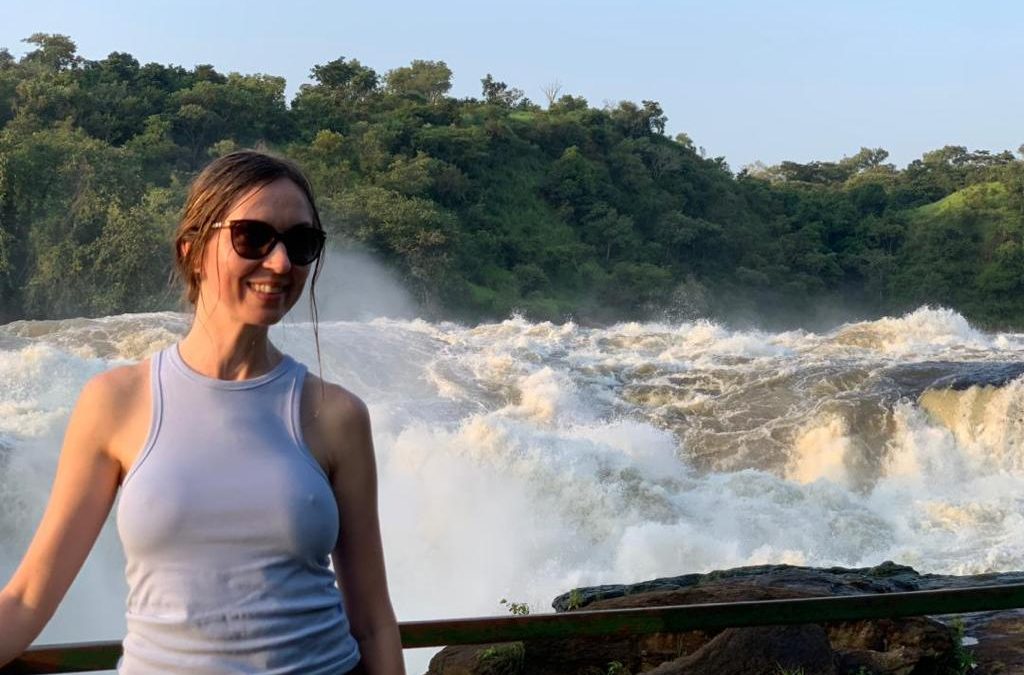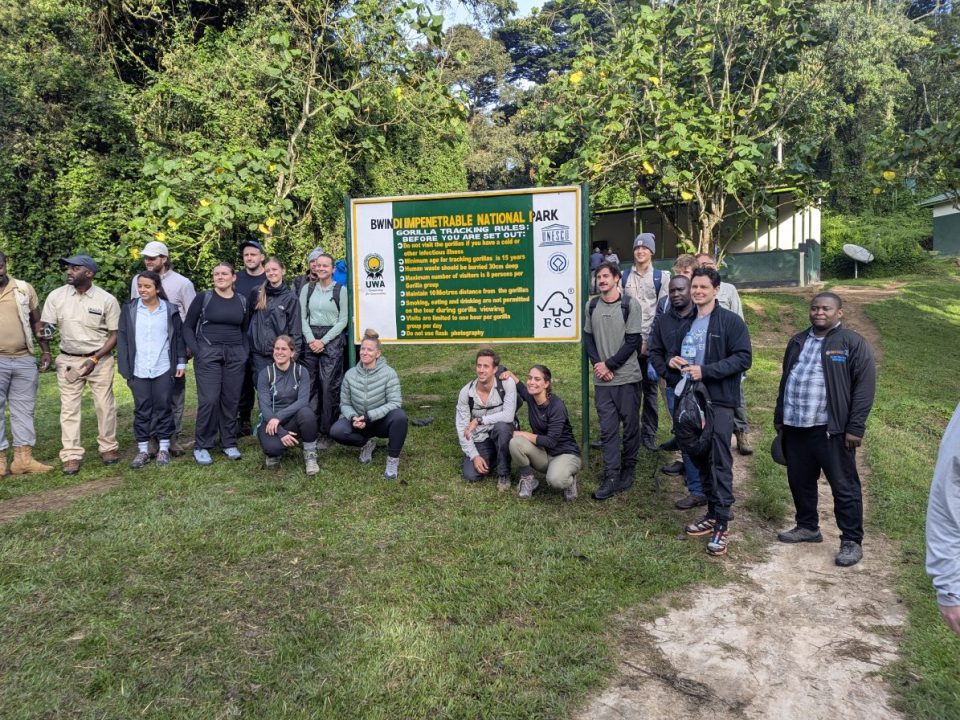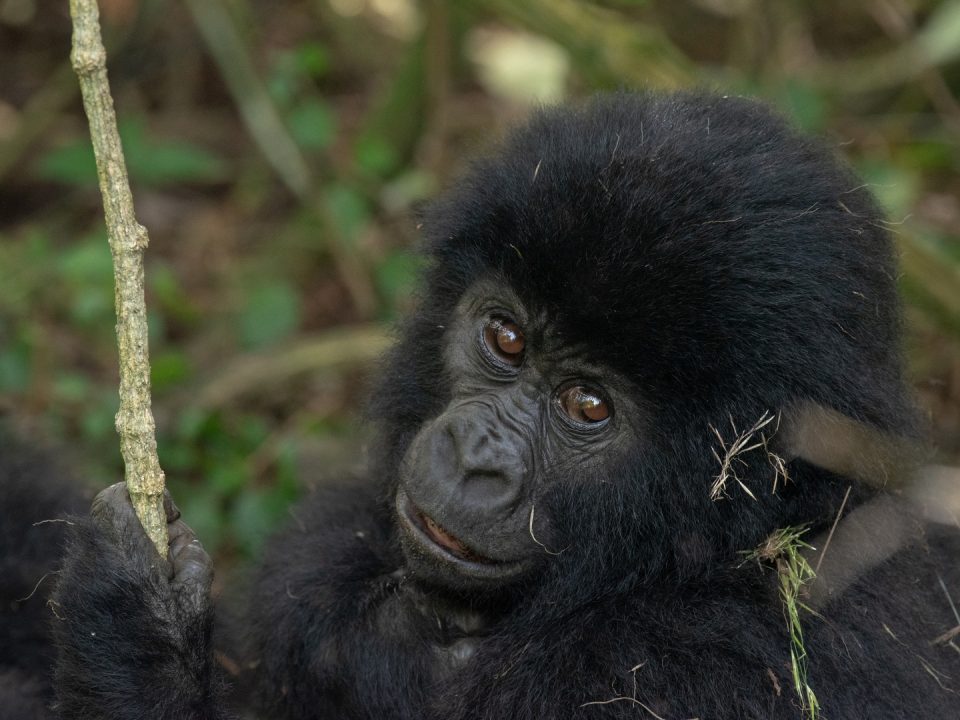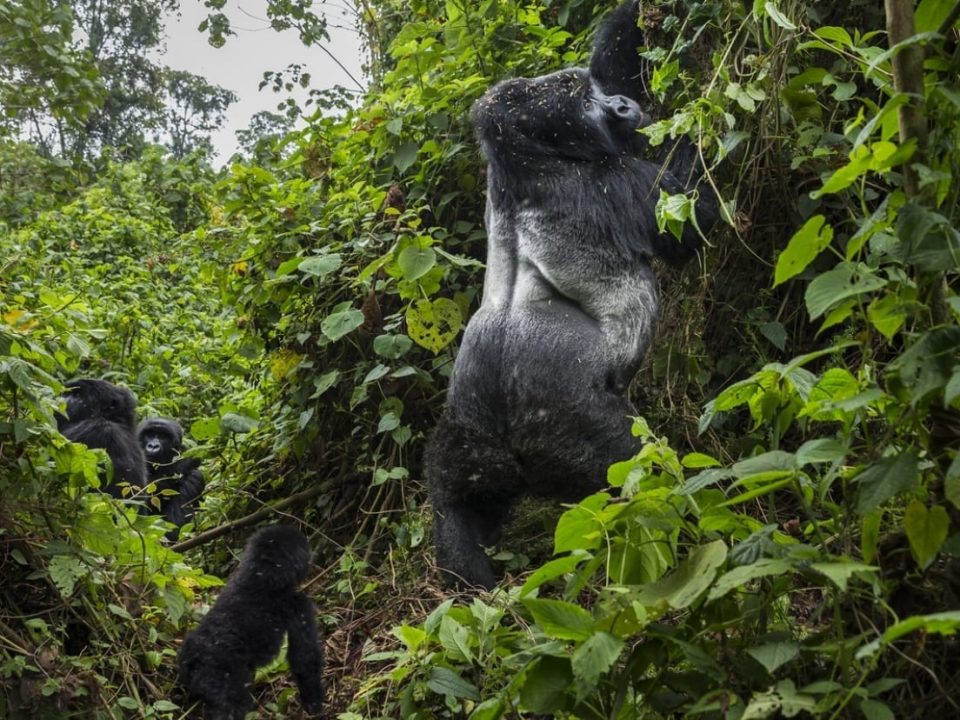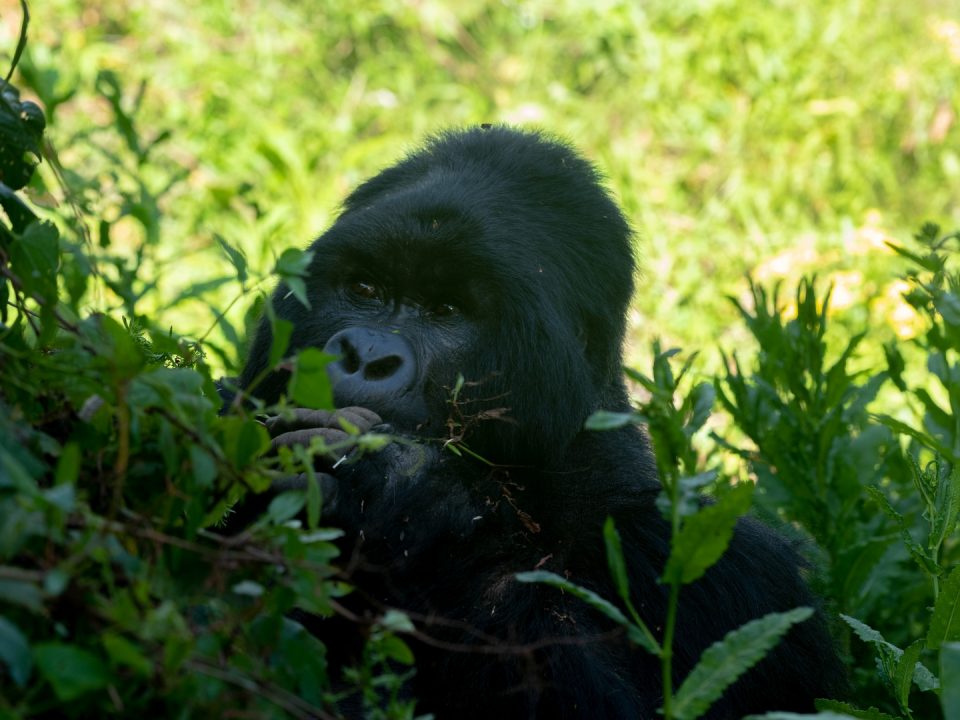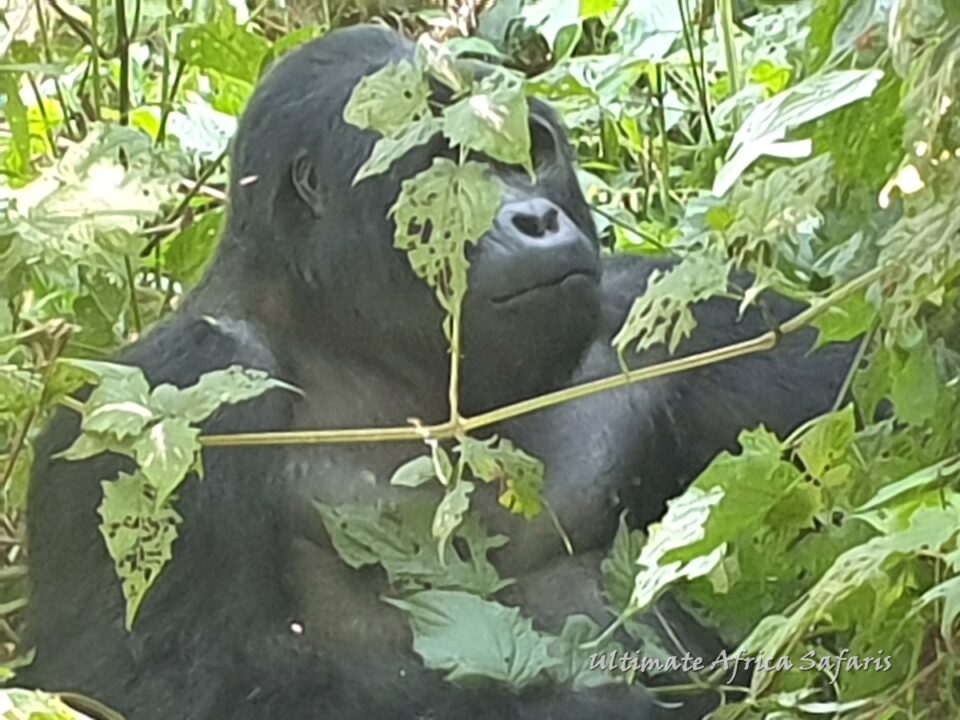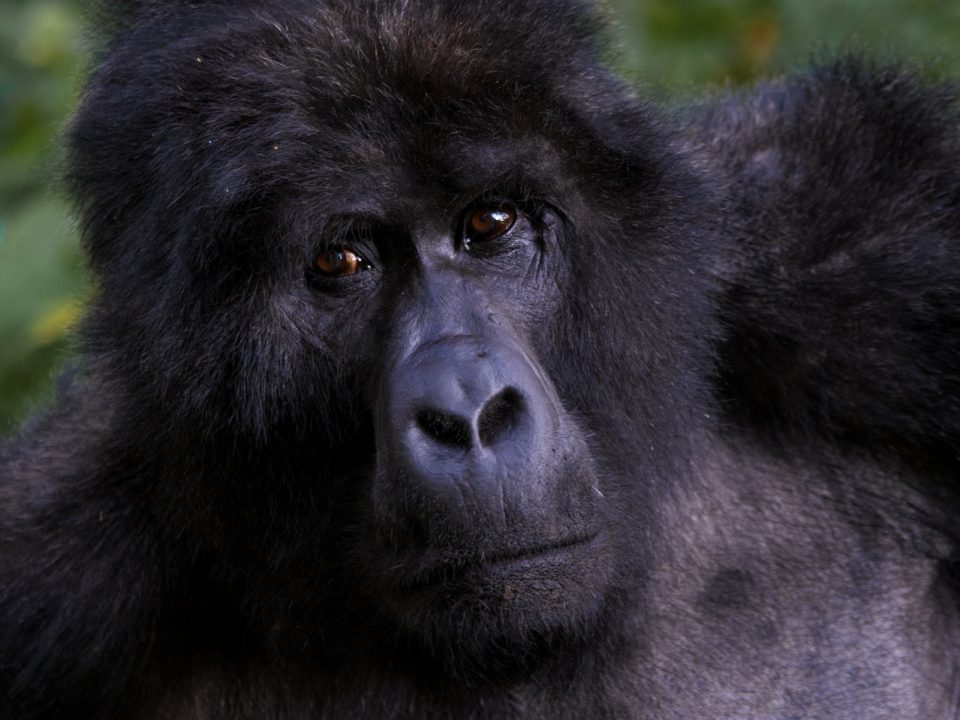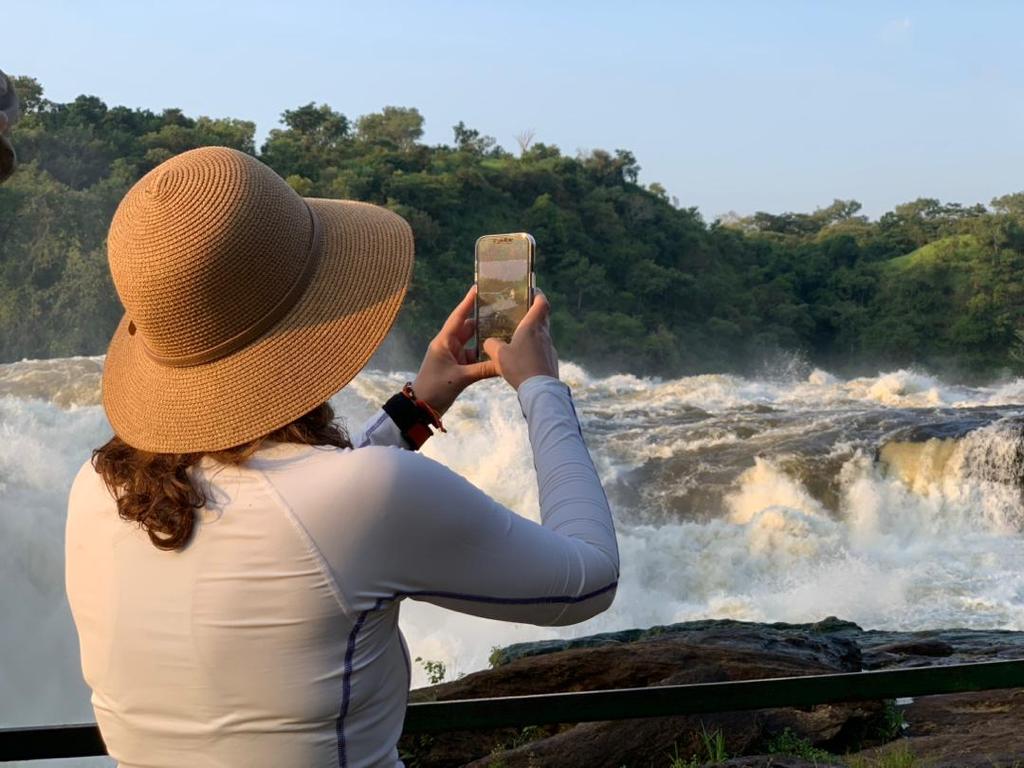
Is Murchison Falls National Park Accessible by Road?
April 2, 2025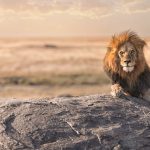
Are Drones Allowed in Murchison Falls National Park?
April 3, 2025What is the Climate Like in Murchison Falls National Park?
What is the Climate Like in Murchison Falls National Park? Murchison Falls National Park, one of Uganda’s largest and most famous wildlife reserves, is known for its breathtaking landscapes, abundant wildlife, and the stunning Murchison Falls, where the mighty Nile River squeezes through a narrow gorge before plunging into the river below.
This national park, located in northwestern Uganda, boasts a diverse climate that greatly impacts the park’s flora, fauna, and the overall safari experience. For travelers planning a visit, understanding the climate is essential for a successful and comfortable journey. In this guide by Deks Safaris and Tours Ltd., we provide a detailed breakdown of the climate in Murchison Falls National Park, including the best times to visit, seasonal weather patterns, and how the climate influences your safari adventure.
Exceptional Uganda Safari Packages to Murchison Falls National Park
- 6 Days Uganda Adventure Tour
- 6 Days Uganda Safari
- 7 Days Uganda Safari
- 7 Days Uganda Tour
- 8 Days Uganda Safari
- 8 Days Uganda Tour
- 9 Days Uganda Safari
- 9 Days Uganda Wildlife Tour
- 15 Days Best of Uganda Safari
- 15 Days Ultimate Uganda Safari
- 21 Days Around Uganda Safari
- 21 Days Uganda Safari
- 3 Days Bwindi Gorilla Trekking
- 4 Days Uganda Safari
- 4 Days Gorilla Trekking Safari
- 5 Days Uganda Tour
- 5 Days Uganda Safari

What is the Climate Like in Murchison Falls National Park?
Murchison Falls National Park: An Overview of its Climate Zones
Murchison Falls National Park covers an area of 3,893 square kilometers and is located at the convergence of the Albert Nile and the Victoria Nile. It is situated within the tropical climate zone, with two distinct rainy seasons and a hot, dry season. The park’s climate can vary depending on the altitude and the specific region within the park, with savannah and wetlands giving way to lush forests along the riverbanks.
The park is divided into different ecosystems, each with its own unique climatic conditions. The northern section of Murchison Falls is dominated by savannah grasslands, while the southern and western regions are home to dense forests and riverine vegetation. These varying ecosystems contribute to the park’s diverse weather patterns, which can change significantly from one area to another.
The Two Main Seasons: Dry and Wet
Like much of Uganda, Murchison Falls National Park experiences two primary seasons—the dry season and the wet season. These seasons influence the safari experience, the behavior of wildlife, and the accessibility of various areas within the park. Understanding these seasons will help you plan your visit to Murchison Falls for the best possible experience.
The Dry Season (June to September and December to February)
The dry season is widely considered the best time to visit Murchison Falls National Park, as the weather conditions are ideal for game viewing, birdwatching, and exploring the park’s diverse ecosystems. The dry season is divided into two periods:
June to September
This is the peak dry season in Murchison Falls National Park. During these months, the weather is characterized by minimal rainfall, clear skies, and low humidity. The park experiences less rainfall, making the game viewing experience much more enjoyable. The dry conditions cause water sources to become more limited, which means animals congregate around the remaining water holes, making it easier to spot them. The vegetation also becomes less dense, providing better visibility during game drives and boat cruises along the Nile River. The temperature during this time is usually warm, with average daytime highs ranging from 25°C to 30°C (77°F to 86°F). The cooler mornings and evenings are perfect for early morning safaris and evening game drives.
December to February
The second part of the dry season brings warm, sunny weather with occasional brief rains. Temperatures during this period can be higher, often reaching 31°C to 33°C (88°F to 91°F) during the day. While the weather is generally warm, it is still manageable for outdoor activities such as game drives, boat rides, and nature walks. This time of year is also less crowded compared to the peak dry season, allowing for a quieter and more peaceful safari experience. Animals are generally more active as they seek water, making wildlife sightings more frequent. For birdwatchers, this season is ideal, as migratory birds are present, adding to the diversity of species in the park.
Advantages of the Dry Season:
- Better Visibility for Game Viewing: With reduced vegetation and animals concentrated around water sources, the dry season is the best time for spotting wildlife in Murchison Falls National Park.
- Accessible Roads and Trails: The dry conditions make the park’s roads and trails more passable, ensuring smoother travel and more comfortable safaris.
- Comfortable Weather for Outdoor Activities: The cooler mornings and evenings create ideal conditions for early morning and late afternoon safaris, providing the best opportunities for wildlife sightings and photography.
The Wet Season (March to May and October to November)
The wet season in Murchison Falls National Park is characterized by increased rainfall, higher humidity, and lush green landscapes. While this period can present some challenges for travelers, it also offers a unique experience and benefits for those who prefer a quieter and more affordable safari adventure.
March to May
These months mark the peak of the rainy season in Murchison Falls, with the heaviest rainfall occurring in April and May. The rain often comes in short but intense bursts, followed by sunny periods. The temperatures during the wet season are relatively mild, ranging from 23°C to 28°C (73°F to 82°F). While the wet season can make the roads slippery and muddy, the lush vegetation and verdant landscapes make the park look incredibly beautiful and alive. This time of year also sees fewer tourists, allowing for a more tranquil experience in the park. Wildlife tends to be dispersed throughout the park, making it a little more challenging to spot animals. However, birdwatching during this period is spectacular, as migratory birds flock to the park, and resident species are more active.
October to November
The rains during this period are lighter compared to the earlier wet season, but the park still experiences occasional downpours. The temperatures remain mild, and the vegetation continues to thrive, creating a vibrant and lush environment. Like the first part of the wet season, there are fewer tourists, making it an excellent time for travelers seeking peace and solitude. The wildlife, particularly primates and elephants, can be harder to find due to the increased vegetation, but boat trips along the Nile River provide a great opportunity to see animals along the riverbanks.
Advantages of the Wet Season:
- Lush Green Scenery: The wet season transforms the park into a verdant paradise, with lush forests, flowering plants, and vibrant wildlife. It’s a great time for photography, particularly of the park’s rich flora and birdlife.
- Fewer Tourists and Lower Prices: The wet season is less popular with tourists, meaning there are fewer crowds, and accommodation prices tend to be lower. This is perfect for budget travelers seeking a more affordable safari experience.
- Birdwatching Opportunities: The wet season is an excellent time for bird enthusiasts. The park becomes a haven for migratory birds, and many of the park’s resident species are more active, making it a birdwatcher’s paradise.
Impact of the Climate on Wildlife and Safari Activities
The climate in Murchison Falls National Park plays a crucial role in the behavior of wildlife and the types of safari activities that can be enjoyed throughout the year. During the dry season, animals congregate near water sources, making it easier for visitors to observe them. The cooler temperatures in the mornings and evenings also encourage wildlife to be more active, providing great opportunities for early morning and evening game drives.
In contrast, the wet season sees a dispersal of animals across the park, making it more challenging to spot them. However, this is also the time when the park is most alive, with abundant bird species and lush plant life. Safari activities such as boat cruises along the Nile River offer an excellent opportunity to view wildlife, including hippos, crocodiles, and elephants, as well as providing great birdwatching opportunities.
A Gorilla Trekking Experience in Bwindi from Murchison Falls
For travelers seeking a more comprehensive Ugandan safari experience, combining Murchison Falls with a gorilla trekking adventure in Bwindi Impenetrable Forest is highly recommended. Traveling between Murchison Falls and Bwindi takes around 7 to 8 hours by road, and the journey offers a scenic route through Uganda’s diverse landscapes.
Bwindi Impenetrable Forest, located in southwestern Uganda, is renowned for its population of endangered mountain gorillas. The climate in Bwindi is much cooler and wetter due to its higher altitude, with frequent rainfall throughout the year. Trekking in Bwindi is an unforgettable experience, with dense, mist-covered forests providing an enchanting atmosphere. The contrast between the dry savannah of Murchison Falls and the lush, forested landscapes of Bwindi makes this a truly diverse and fulfilling safari experience.
Conclusion
In conclusion, Murchison Falls National Park offers a diverse and dynamic climate that varies throughout the year. Whether you visit during the dry season for easier game viewing and comfortable weather, or the wet season for lush landscapes and fewer tourists, the park’s climate plays a significant role in shaping your safari experience. At Deks Safaris and Tours Ltd., we ensure that your journey through Murchison Falls is unforgettable, whether you’re enjoying a game drive, a boat cruise, or extending your adventure with a gorilla trekking experience in Bwindi Impenetrable Forest. Understanding the climate and its effects on wildlife and activities will help you make the most of your trip, ensuring an enriching and enjoyable safari in Uganda’s most iconic national park.

